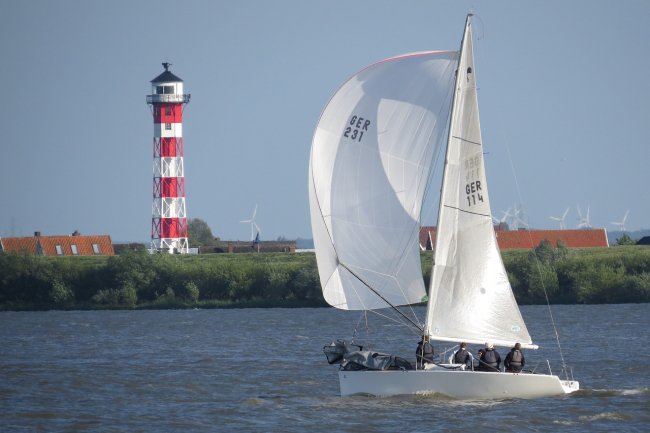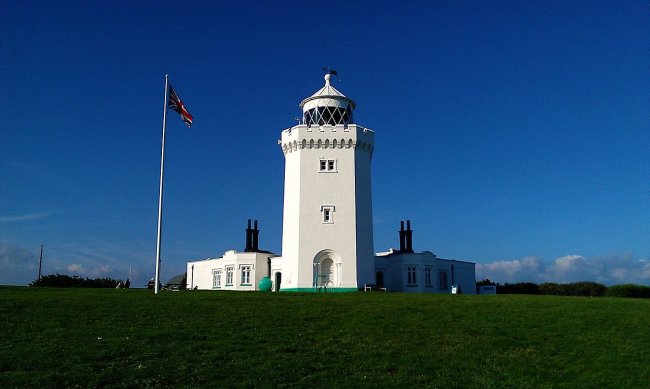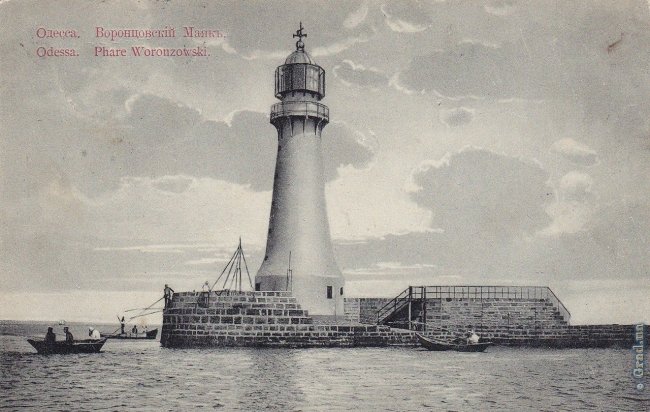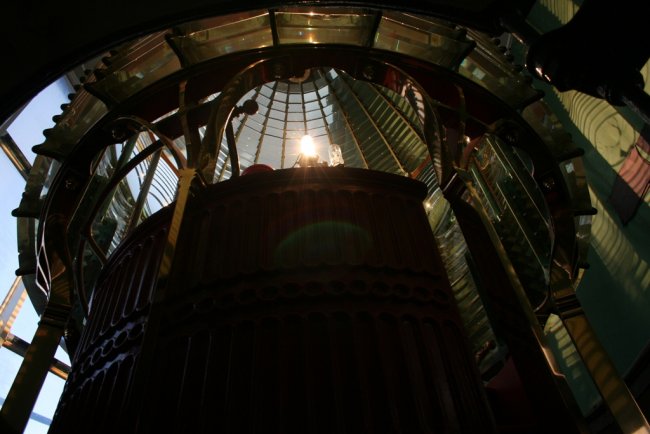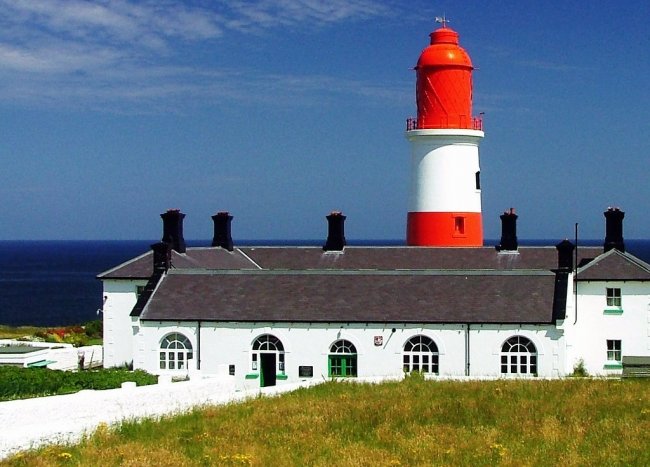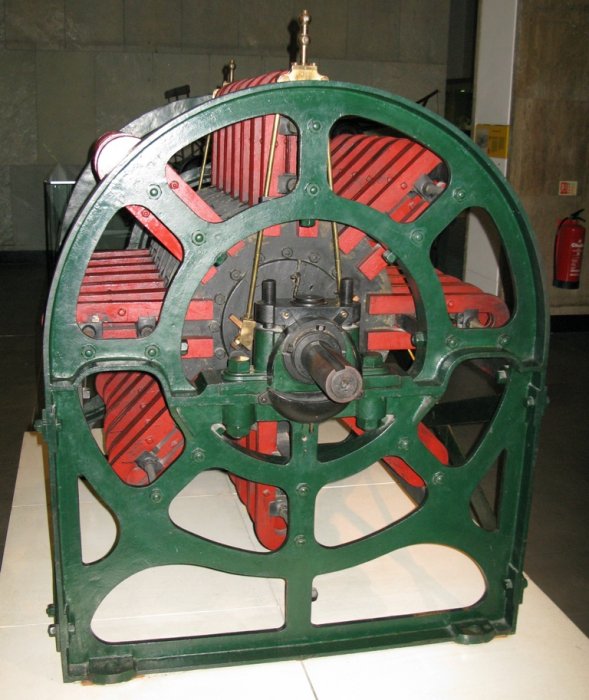The first lighthouses with electric lighting
A lighthouse is a structure used to navigate ships in treacherous places. It is usually a tower, on top of which there is an optical system that emits a beam of light over long distances and thus warns ships of approaching land or rocks.
The lighthouse was supposed to warn the captains who came too close to the shore with their ships.
The lighthouse is shaped like a tower that rises above sea level so that it can be seen clearly from great distances. It is often built on rocks to further increase its height. The light of the lighthouse is visible tens of kilometers away. The science that deals with lighthouses is called pharology.
Modern electric headlight
The first lighthouse in the world to use electric lighting was the South Foreland Lighthouse in England. It was built in 1367 and was meant to warn sailors of the deadly danger of the shallow waters of the Goodwin Sands. The lighthouse received electric lighting in 1843.
However, he made history in other ways as well.Many scientific experiments were carried out at this lighthouse: here Michael Faraday conducted experiments with electricity (he studied the possibility of using electric light in lighthouses), Guglielmo Marconi carried out the first transmission of radio signals from France, and here the first signal sent from a ship to the continent was intercepted.
The South Foreland Lighthouse, once known as the Upper South Foreland — the world's first electric lighthouse
Vorontsovsky Lighthouse is a lighthouse marking the entrance to the port of Odessa, named after the governor of the city, Mikhail Vorontsov. It is located on the edge of the quarantine (now Raid) quay in the port of Odessa on the Black Sea. Its height is over 27 meters.
This is the third lighthouse in the port of Odessa - the first was in 1862, a wooden one that survived the First World War. The second tower was blown up in 1941 and rebuilt after World War II.
It is now difficult to establish who first proposed the switch to electricity at one of the main lighthouses in the Black Sea. One can imagine what kind of arguments were going on in the military and naval departments, in the city Duma. Yet at that time, even among the highest authorities, few saw an electric lamp burning. But they took the risk.
And in 1866, the cargo for a lighthouse arrived in the port of Odessa from France. Russian specialists undertook the installation of the equipment. They installed Fucco and Sorren electric arc lamps on the lighthouse, two generators weighing about 4 tons. They were driven by a steam engine from a locomotive.
If visibility was good, one generator was running. Then the light intensity reached two thousand candles. If the fog descended over the sea, both cars were turned on and the intensity of the light doubled. So the lighthouse became electric.
As is often the case with any new business, electricity did not immediately win full confidence among sailors. The fact is that the old lanterns filled with rapeseed oil, although they could not boast of such a powerful light, were extremely reliable. And here the electric headlight lost at first.
The explanation was simple: the residents of Odessa had practically no experience in working with electrical equipment. But gradually he came, of course. And in the spring of 1868, the Odessa lighthouse was officially switched to electric lighting.
For the first time, an electric lamp was lit in the lighthouse on November 30, 1867. For a long time, it was the only lighthouse in the Russian Empire and the fourth in the world to use electric lighting. It should be noted that, in general, the electrification of lighthouses proceeded rather slowly. In 1883, out of 5,000 lighthouses in the world, only 14 were electric.
Vorontsov lighthouse in Odessa on a postcard from the beginning of the 20th century
In 1888, the lighthouse tower was repaired. The lighthouse was a seventeen-metre cast-iron tower with fine lighthouse architecture, tapering upwards, with a Fresnel lighting device commissioned from Paris. The purpose of these systems is to concentrate the light in one direction, increase its intensity and the distance from which the headlight can be observed.
In all the time, only twice the lighthouse remained idle for a long time. For the first time in 1905, when the battleship "Potemkin" approached Odessa. It was necessary to delay the squadron sent in pursuit. Then the sailors landed near the lighthouse and turned it off. The second time the lighthouse was extinguished at the beginning of the war, so German ships could not safely approach Odessa. During the war, the lighthouse was destroyed, but then it was rebuilt.
Point Reyes, California lighthouse optical system built in 1870.
The first lighthouse in the world designed and built specifically to use electric lighting was the Souther Lighthouse in Tyne and Wear, England, built in 1871.
Before the lighthouse was built, an extensive process of testing and comparing various state-of-the-art electrical equipment in Britain and France took place over a five-year period.
The light of 800,000 candles was generated by Holmes' arc lamp, which was visible 26 miles away. In addition to the main light from the window, using a set of mirrors and lenses from the main lamp, there was a sector red and white light to highlight the dangerous cliffs to the south.
Electricity is supplied by own electric generators. One of Holmes's generators, built in 1867 and used at Soter, is now on display at the Science Museum in London.
In 1914, the electric light at Souther Lighthouse was replaced by a more conventional oil lamp. In 1952 it was again converted for mains operation. The mechanism for rotating the optics worked with hours until 1983.
Souter Lighthouse
Holmes electric generator used at Souther Lighthouse
Coastal lighthouses are very tall and have very strong light sources, mostly white, so they can be seen from a long distance. They are mainly used for orientation when approaching the coast, for this reason they are usually built at locally important points (for example, on the most protruding rocks in the sea).
In addition to lighthouses, beacon boats and lighthouse platforms (LANBY — Large Navigational Buoy) are also used. These are ships or larger structures anchored in the sea, equipped with a light source.They replace the function of a beacon when a beacon cannot be placed and where it is impractical to use a buoy.
Because in some cases several beacons can be seen at the same time, the beacons have different light colors and flash characteristics. The light characteristics can be expressed verbally, for example "Blinks white every three seconds".
The record contains name, color, light characteristics, interval (cycle time), and sometimes additional parameters such as light height and resistance. This information can be compared to a navigational chart or list of lights. The list of lights also contains a description of the beacon for daytime identification.
Previously, the lighthouses were mainly equipped with a permanent brigade whose task was to control the lighting installation of the lighthouse, but now the lighthouses are being modernized and automated.
The introduction of electrification and automatic lamp changing made the pharaohs obsolete. For years, lighthouses still had keepers, in part because lighthouse keepers could serve as a rescue service when needed. Improvements in marine navigation and safety, such as satellite navigation systems such as GPS, led to the phasing out of manual beacons around the world. .
The remaining modern headlights are usually illuminated by a single stationary flashing light powered by solar panels mounted on a steel-framed tower.In cases where the energy demand is too high for solar power, cycle charging of a diesel generator is used: to save fuel and extend maintenance intervals, the light is powered by the battery, with the generator being switched on only when the battery needs to loaded .a.

